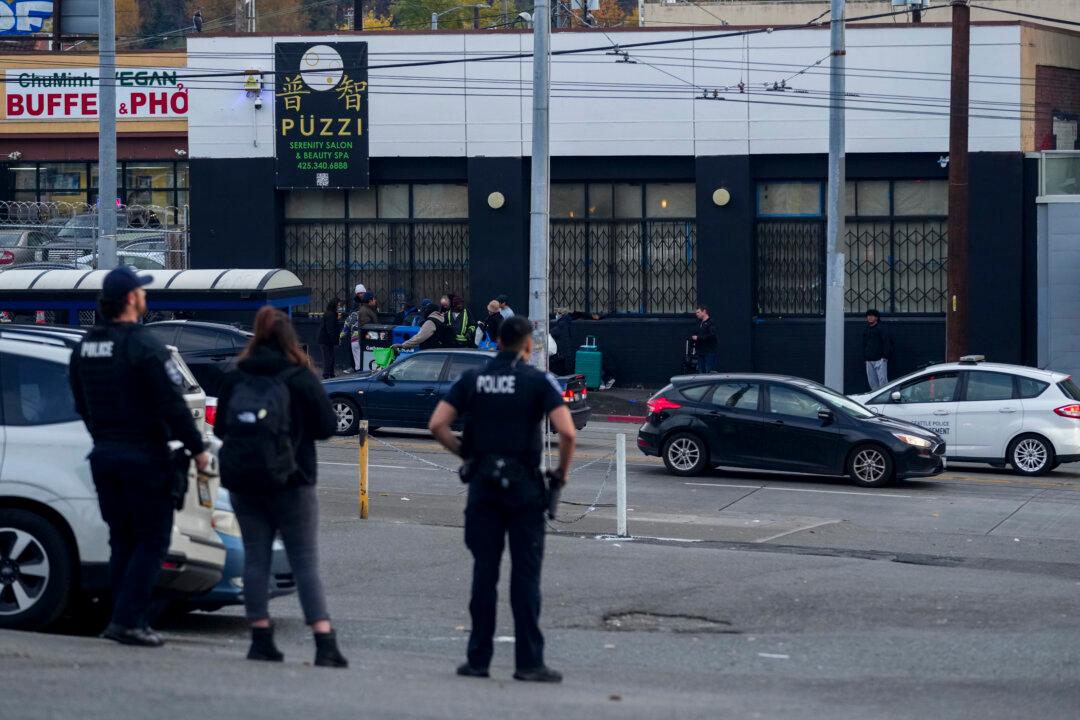U.S. travel agencies have seen about 61 percent fewer people at security checkpoints last year compared to 2019 statistics when about 824 million passengers were screened nationwide.
The Transportation Security Administration (TSA) announced in a statement on Monday about 324 million people passed through airport security checkpoints last year across more than 440 federalized airports between Jan. 1 and Dec. 31, totaling just 39 percent of the number in 2019.





